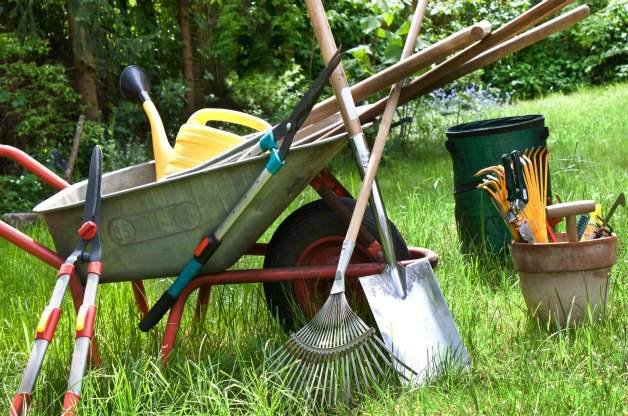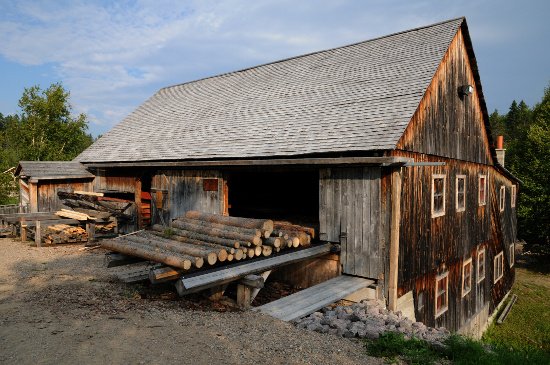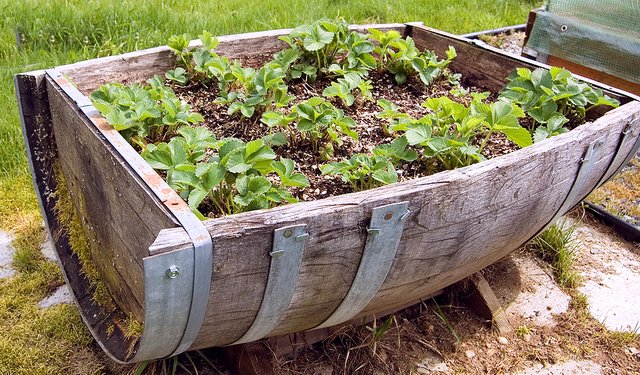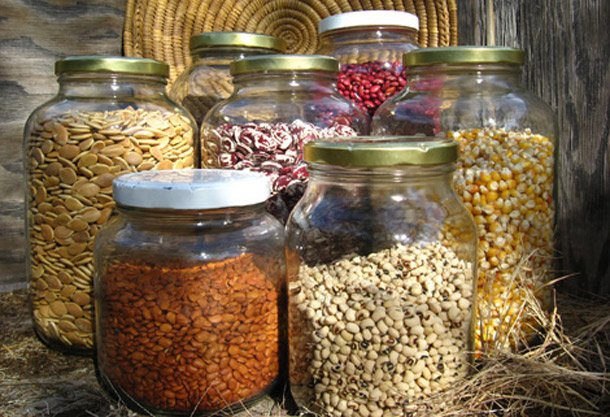The Basics of Gardening #1

Making Your Own Soil
These empty garden beds need soil and I can’t afford to bring in truckloads. Her solution, we make our own. We cleaned out our barn. Hay and straw in the stalls where cattle, hogs, goats, and sheep wintered for years, had built up and begun the decomposition process; this gave us a start. We checked with neighbors and found that everyone wanted their barns cleaned out. Our rabbits were producing a steady supply of manure as well, and we were catching it in plastic tubs underneath the rabbit hutches. Hotter manure that needed to age a bit came from the pies the cows left behind as they walked through the pasture, so we followed the cows with a shovel and a wheel barrow, collecting the free fertilizer. Each bed received its fair share of animal manure for fertilizer, but we still needed basic dirt to go into the beds as well.

Sawmills to the Rescue
Our area has a lot of sawmills, usually family owned businesses that have been around for generations. These sawmills usually have large hills of yellow saw dust. When the gardener is lucky they also have a hill behind the yellow one that is totally black. Older saw dust, from 10-20 years old, decomposes and turns into dirt. The first dump truckload I bought was $10, but $80 for the truck and driver to deliver it. A total of $90 and we did fine with two truckloads. That was supplemented with a few trips to the nearest city recycling center, which loaded the pickup with mulch made from aged shredded leaves. We had created our own soil and within one season the earth worms and night crawlers were 12” long, indicating good health and proper chemical balance. The crops were great, the veggies tasty, and no tilling was required. I discovered that raised beds are more work and labor the first year, but less labor the next 30-40 years. The garden was originally put in eight years ago. This year I added more mulch and manure to the beds in need and discovered two of the pallet beds had deteriorated to the point they needed reframing, so I am gradually framing some of the oldest pallet beds with concrete blocks to make them completely permanent. This process though can be gradual doing two or three beds a season, requiring a much lower cash outlay, and less manual labor all at once. My tiller still sits unused.

Not Enough Land – Try Container Gardening
Whether you live in the city, or the country, you can have a garden. The more land you have available the better, but if you are limited, container gardening could be your answer. Container gardening means growing a portable crop, in a flower pot, a bucket, or any other workable container. I try to get a head start on the gardening season every year by starting out with container garden tomatoes and peppers using five gallon buckets. Plastic five gallon buckets can be purchased at Lowe’s or Home Depot, and often restaurants will sell customers used food grade buckets at a low price. I put soil and fertilizer into the bucket and plant a tomato plant, leaving it outside in the sun during the day when it is warm. At night, during early Spring, when temperatures still get down to the 30’s, I grab the bucket by the handle and bring it inside where it will be warm. When summer comes, and there is no longer a need to protect the plants, I leave them outside in the sun permanently. I have friends who live in apartments, city dwellers who have balconies where they keep their potted plants, or their buckets, containing jalapeno and green bell peppers, yellow squash, and eggplant.

Seeds – Heirloom, Hybrid and GMO
I’ve assumed throughout this article that the readers want to be as organic as possible. Chemicals never touch my garden and my fertilizers are manure, not Miracle Grow! When putting in bedding, plants, or seeds, my own belief is that genetically modified organisms, GMO’s should be avoided like the plague. The most common GMO’s are Roundup Ready, or altered genetically by Monsanto to withstand lycophyte, the active ingredient in Round Up, the herbicide poison that will harm your soil, and harm you if you eat crops drenched in it. Your only real choices are heirloom seeds and plants, or hybrids. I recommend heirlooms because you can save your seeds and know they will grow back true. That being said, I do use the occasional hybrid plant, but I do so knowing that I cannot save their seed. They are good for one season only. You’ll want most of your plants, and all of the seeds you save, especially for long term use during TEOTWAWKI to be heirloom.
id like to learn the basics!
great post
Great post! I love gardening! And will be doing alot of it when move out to my country property! Reblogged! 👍😉
@steemtrail would like to curate this post, but the images need to be verified.
If you’re using images, quotes, or copied information from another source, cite those sources accordingly. If you use your own imagery, please let us know.